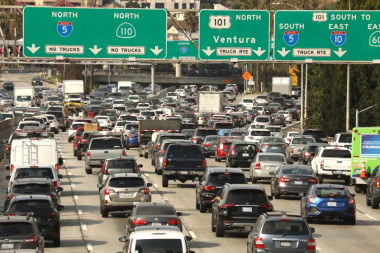California wants to reduce traffic. The Newsom administration thinks AI can help
California wants to reduce traffic. The Newsom administration thinks AI can help::Caltrans says AI can help generate recommendations so workers can take steps to improve the flow of traffic and potentially prevent accidents on the road.
